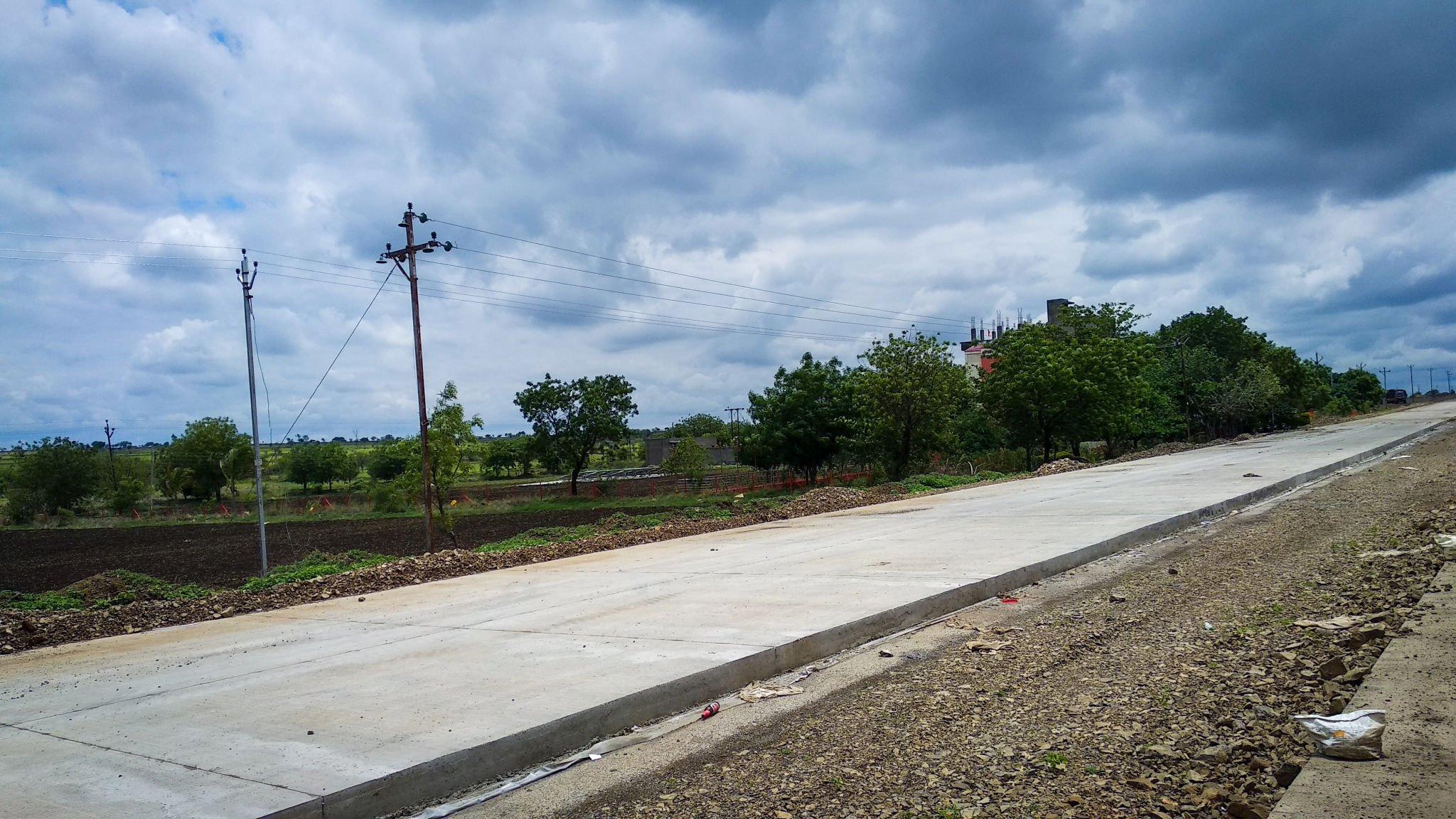India’s vast and diverse road network is the lifeline of its economy, connecting cities, towns, and rural areas. To ensure the longevity and safety of these crucial arteries, innovative road maintenance techniques are essential. Bituminous surface treatment, a proven method, is gaining prominence as a reliable way to enhance the lifespan of Indian roads while contributing to sustainable transportation infrastructure. In this article, we delve into the world of bituminous surface treatment and its transformative impact.
Understanding Bituminous Surface Treatment
Bituminous surface treatment, often referred to as chip seal or seal coat, is a road maintenance technique that involves the application of a thin layer of asphalt emulsion and aggregate (commonly small-sized stone chips) onto the existing road surface. This application forms a protective, durable, and skid-resistant surface that helps extend the life of the road and improve driving conditions.
Benefits of Bituminous Surface Treatment
1. Cost-Effective Maintenance:
Bituminous surface treatment is a cost-effective way to maintain and rehabilitate roads. Its thin application requires less material and labor compared to full-depth reconstruction, making it a budget-friendly option for governments and municipalities.
2. Preservation of Existing Roads:
By applying a protective layer over the existing road surface, bituminous surface treatment helps preserve the structural integrity of the road. This means that roads can continue to serve their purpose for an extended period, postponing the need for more costly and disruptive reconstruction.
3. Enhanced Skid Resistance:
The aggregate used in bituminous surface treatment provides excellent skid resistance, improving road safety, especially during wet or icy conditions. This feature contributes to reduced accident rates and safer driving experiences.
4. Reduced Maintenance:
Seal coats seal small cracks and imperfections in the road surface, preventing water infiltration. This, in turn, reduces the development of potholes and other types of damage, minimizing the need for frequent repairs.
5. Sustainability:
Bituminous surface treatment is a sustainable road maintenance option. It extends the life of existing roads, reducing the environmental impact associated with the construction of entirely new roadways. Additionally, it minimizes the waste generated during road maintenance.
The Application Process
The application of bituminous surface treatment involves several key steps:
1. Surface Preparation: The existing road surface is cleaned and any necessary repairs are made, such as filling potholes and patching cracks.
2. Application of Asphalt Emulsion: A thin layer of asphalt emulsion is applied evenly over the road surface using specialized equipment.
3. Aggregate Application: Small stone chips are spread over the asphalt emulsion while it is still tacky. The aggregate adheres to the emulsion, creating a protective surface.
4. Rolling: A roller compacts the aggregate into the emulsion to ensure proper adhesion and a smooth, even surface.
5. Curing: The treated surface is allowed to cure, usually for a few hours, before it can be opened to traffic.
Conclusion Bituminous surface treatment is emerging as a powerful tool in the maintenance and preservation of India’s extensive road network. Its cost-effectiveness, ability to extend road life, and contributions to road safety and sustainability make it a valuable asset in the arsenal of road maintenance techniques. By embracing this method, India can ensure that its roads continue to serve as the backbone of the nation’s transportation infrastructure, supporting economic gro

